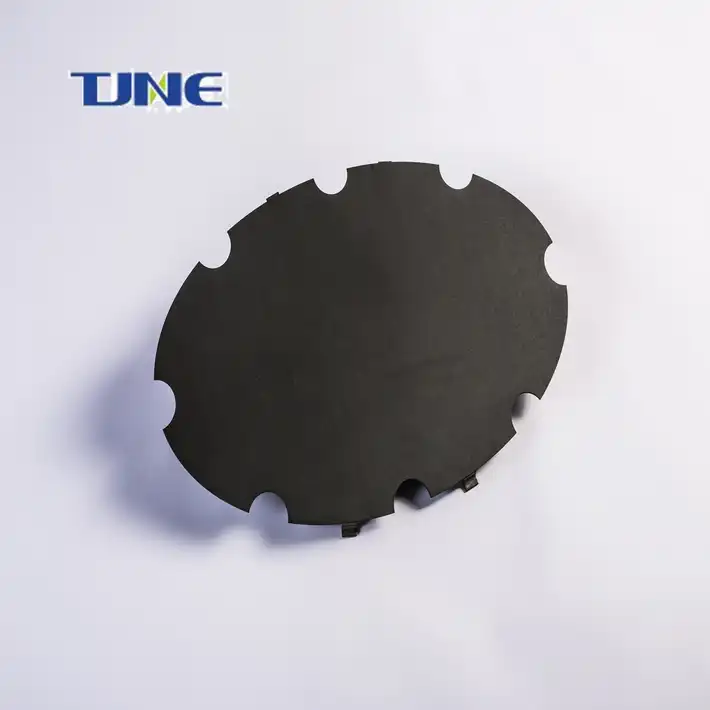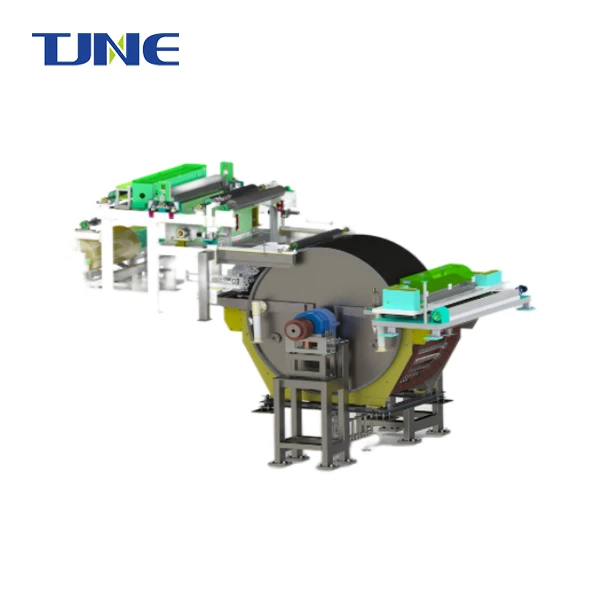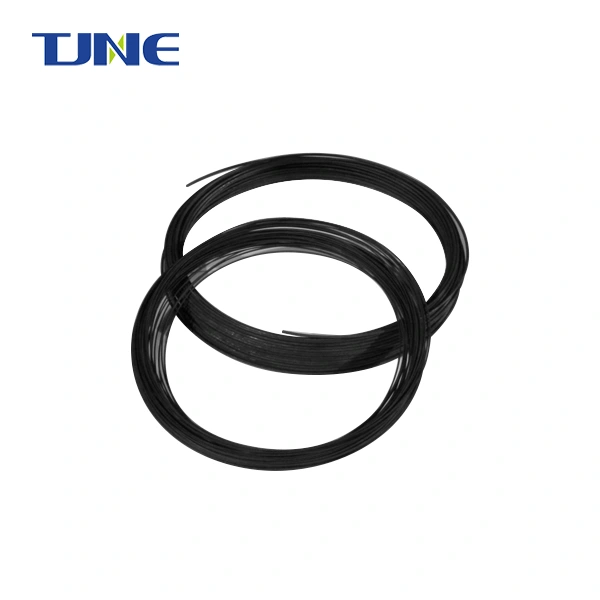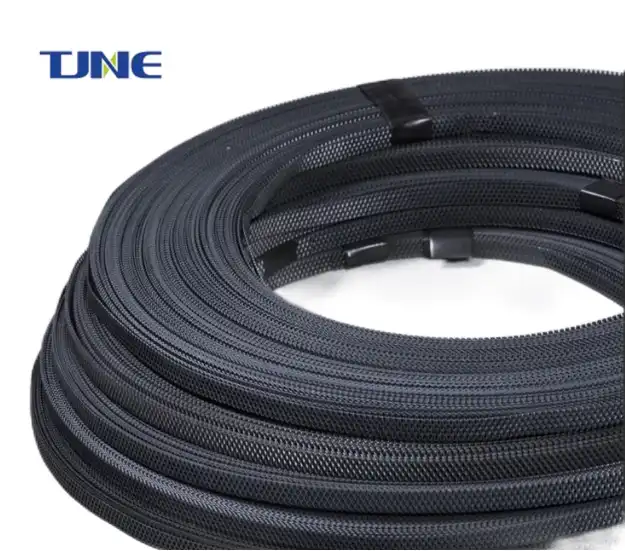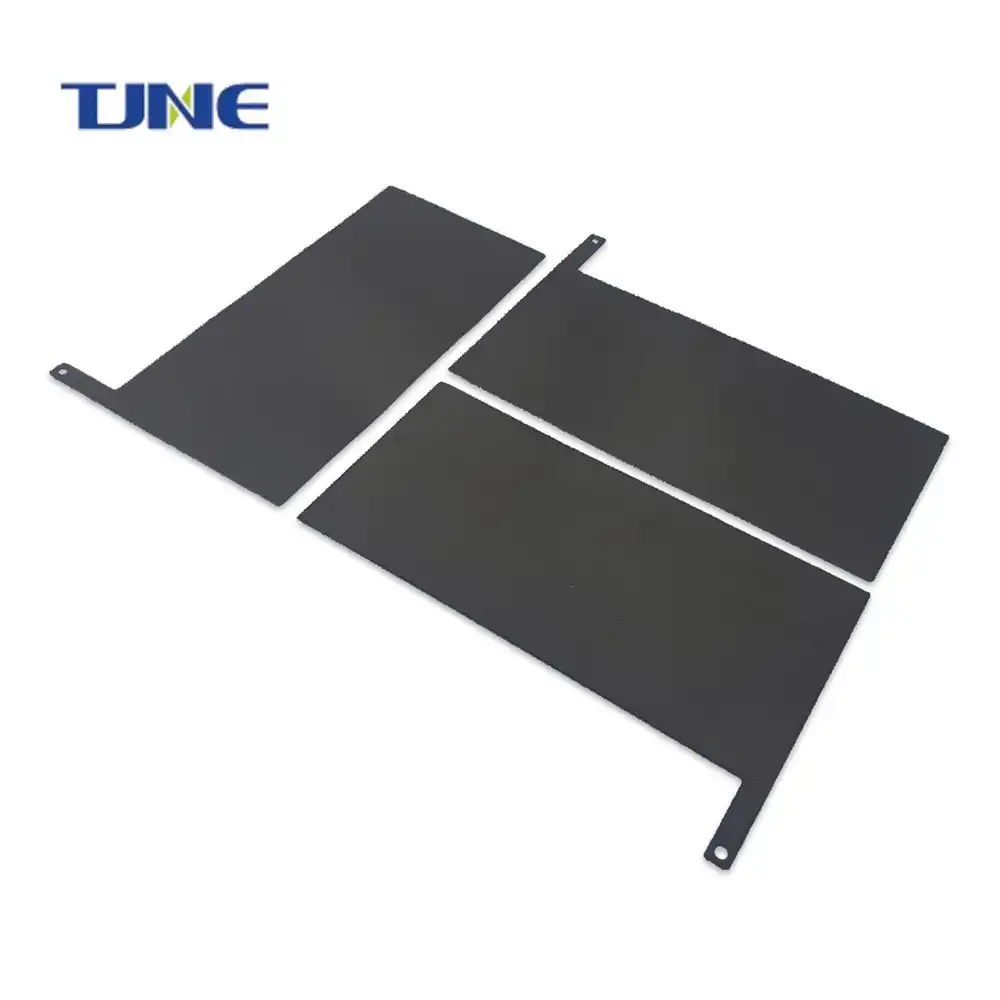- English
- French
- German
- Portuguese
- Spanish
- Russian
- Japanese
- Korean
- Arabic
- Greek
- German
- Turkish
- Italian
- Danish
- Romanian
- Indonesian
- Czech
- Afrikaans
- Swedish
- Polish
- Basque
- Catalan
- Esperanto
- Hindi
- Lao
- Albanian
- Amharic
- Armenian
- Azerbaijani
- Belarusian
- Bengali
- Bosnian
- Bulgarian
- Cebuano
- Chichewa
- Corsican
- Croatian
- Dutch
- Estonian
- Filipino
- Finnish
- Frisian
- Galician
- Georgian
- Gujarati
- Haitian
- Hausa
- Hawaiian
- Hebrew
- Hmong
- Hungarian
- Icelandic
- Igbo
- Javanese
- Kannada
- Kazakh
- Khmer
- Kurdish
- Kyrgyz
- Latin
- Latvian
- Lithuanian
- Luxembou..
- Macedonian
- Malagasy
- Malay
- Malayalam
- Maltese
- Maori
- Marathi
- Mongolian
- Burmese
- Nepali
- Norwegian
- Pashto
- Persian
- Punjabi
- Serbian
- Sesotho
- Sinhala
- Slovak
- Slovenian
- Somali
- Samoan
- Scots Gaelic
- Shona
- Sindhi
- Sundanese
- Swahili
- Tajik
- Tamil
- Telugu
- Thai
- Ukrainian
- Urdu
- Uzbek
- Vietnamese
- Welsh
- Xhosa
- Yiddish
- Yoruba
- Zulu
Mixed Metal Oxide (MMO) mesh anodes are crucial components in cathodic protection systems, widely used to prevent corrosion in various industries. These anodes, typically made of titanium substrate coated with precious metal oxides, offer exceptional durability and performance. However, to ensure their longevity and optimal functionality, proper maintenance is essential. This blog post will explore the best maintenance practices for MMO mesh anodes, providing insights into their care and upkeep to maximize their effectiveness in corrosion protection systems.
How Often Should MMO Mesh Anodes be Inspected?
Regular inspection is the cornerstone of effective MMO mesh anode maintenance. The frequency of inspection depends on several factors, including the operating environment, system design, and specific application. However, as a general guideline, most experts recommend conducting thorough inspections at least annually, with more frequent checks in harsh or critical environments.
During these inspections, technicians should look for signs of physical damage, coating degradation, or unusual wear patterns. Visual examinations can reveal a lot about the anode's condition, but they should be complemented with electrical measurements to assess performance. Key parameters to check include:
1. Anode-to-electrolyte resistance: This measurement helps determine if the anode is still making good contact with the electrolyte and functioning properly.
2. Current output: Monitoring the current output over time can indicate whether the anode is performing as expected or if its effectiveness is diminishing.
3. Potential readings: These measurements help ensure that the cathodic protection system is providing adequate protection to the structure.
In addition to scheduled inspections, it's crucial to implement a system for continuous monitoring. Modern cathodic protection systems often incorporate remote monitoring capabilities, allowing for real-time data collection and analysis. This continuous oversight can help detect issues early, preventing minor problems from escalating into major failures.
For underwater applications, such as offshore structures or marine vessels, inspection intervals may need to be adjusted based on accessibility and environmental conditions. In these cases, incorporating inspection tasks into regular maintenance schedules, such as during dry-docking periods for ships, can be an efficient approach.
It's also important to note that after extreme weather events or any incidents that could potentially damage the cathodic protection system, additional inspections should be conducted. These unscheduled checks can help identify and address any damage promptly, ensuring the continued protection of the asset.
By maintaining a consistent and thorough inspection regimen, operators can ensure that their MMO mesh anodes continue to provide optimal protection, extending the life of the anodes and the structures they protect.
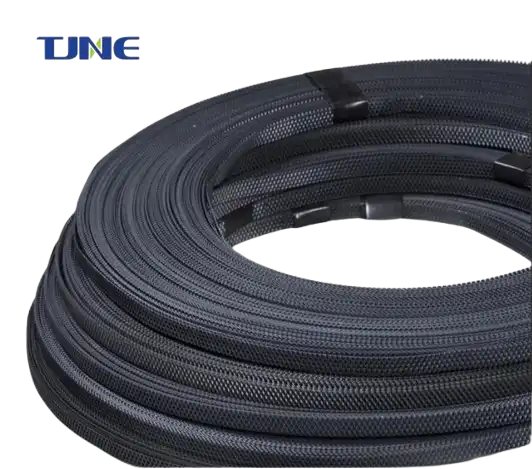
What Cleaning Methods are Recommended for MMO Titanium Mesh Anodes?
Proper cleaning of MMO titanium mesh anodes is crucial for maintaining their effectiveness and longevity. Over time, these anodes can accumulate deposits, scale, or marine growth, depending on their operating environment. These accumulations can interfere with the anode's performance by reducing its active surface area or altering its electrochemical properties. Therefore, implementing appropriate cleaning methods is essential for optimal anode function.
The choice of cleaning method depends on several factors, including the type of deposit, the anode's location, and the surrounding environment. Here are some recommended cleaning methods for MMO titanium mesh anodes:
1. Mechanical Cleaning:
For light to moderate deposits, gentle mechanical cleaning can be effective. This method involves using soft brushes, sponges, or low-pressure water jets to remove loose debris and scale. It's important to use non-metallic tools to avoid damaging the precious metal oxide coating. Plastic or nylon brushes are often recommended for this purpose.
2. High-Pressure Water Cleaning:
In cases where deposits are more stubborn, high-pressure water cleaning can be employed. This method uses a pressurized water stream to dislodge and remove accumulations. The pressure should be carefully controlled to avoid damaging the anode coating. It's generally recommended to start with lower pressures and gradually increase as needed, always staying within the manufacturer's specified limits.
3. Chemical Cleaning:
For particularly persistent deposits or in situations where mechanical cleaning is impractical, chemical cleaning methods can be used. This typically involves the application of mild acidic or alkaline solutions, depending on the nature of the deposit. Common chemicals used include:
- Dilute hydrochloric acid for calcareous deposits
- Citric acid for general scale removal
- Sodium bicarbonate solution for organic growths
When using chemical cleaning methods, it's crucial to follow proper safety procedures and environmental regulations. The cleaning solution should be thoroughly rinsed off after treatment to prevent any residual effects on the anode or surrounding environment.
4. Ultrasonic Cleaning:
For smaller MMO mesh anodes or those that can be easily removed, ultrasonic cleaning can be an effective method. This technique uses high-frequency sound waves to create microscopic bubbles in a cleaning solution, which implode on contact with the anode surface, effectively removing contaminants. Ultrasonic cleaning is particularly useful for removing fine particles and reaching into the mesh structure of the anode.
5. Dry Ice Blasting:
This method uses compressed air to propel small pellets of dry ice (solid CO2) at the anode surface. Upon impact, the dry ice sublimates, expanding rapidly and dislodging contaminants. Dry ice blasting is non-abrasive and leaves no residue, making it suitable for cleaning MMO mesh anodes without damaging their delicate coating.
Regardless of the cleaning method chosen, it's essential to follow these general guidelines:
- Always consult the manufacturer's recommendations before cleaning. Different anode designs may have specific cleaning requirements or restrictions.
- Use the gentlest effective method to minimize the risk of damaging the anode coating.
- Ensure proper personal protective equipment (PPE) is used, especially when working with chemicals or in confined spaces.
- After cleaning, thoroughly inspect the anode for any signs of damage to the coating or mesh structure.
- Document the cleaning process, including methods used and observations, as part of the maintenance record.
It's worth noting that while regular cleaning is important, over-cleaning can potentially lead to unnecessary wear on the anode. The frequency of cleaning should be based on inspection results and the specific operating conditions of the cathodic protection system.
By implementing appropriate cleaning methods and maintaining a regular cleaning schedule, operators can ensure that their MMO titanium mesh anodes continue to perform optimally, providing effective corrosion protection and maximizing the lifespan of both the anodes and the protected structures.
What Factors Affect the Lifespan of MMO Mesh Anodes?
Understanding the factors that influence the lifespan of MMO mesh anodes is crucial for implementing effective maintenance strategies and optimizing the performance of cathodic protection systems. The durability of these anodes is one of their key advantages, but several variables can impact their longevity. By recognizing and managing these factors, operators can extend the service life of their MMO mesh anodes and improve the overall efficiency of their corrosion protection measures.
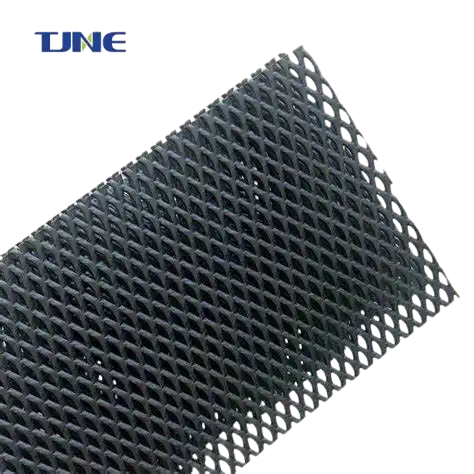
1. Current Density:
One of the most significant factors affecting MMO mesh anode lifespan is the operating current density. These anodes are designed to operate within specific current density ranges, typically measured in amperes per square meter (A/m²) of anode surface area. Operating at current densities higher than the recommended range can lead to accelerated consumption of the catalytic coating, reducing the anode's lifespan. Conversely, very low current densities might not provide adequate protection to the structure. Proper system design and regular monitoring of current output are essential to maintain optimal current density levels.
2. Environmental Conditions:
The operating environment plays a crucial role in determining anode lifespan. Factors such as temperature, pH, salinity, and the presence of contaminants can all affect the anode's performance and durability. For instance:
- High temperatures generally accelerate chemical reactions, potentially increasing the rate of anode consumption.
- Extreme pH levels (either highly acidic or alkaline) can affect the stability of the catalytic coating.
- In marine environments, high salinity can increase conductivity, potentially leading to higher current output and faster anode consumption.
- The presence of certain chemical contaminants or pollutants may interfere with the anode's electrochemical processes or cause physical degradation of the coating.
Regular environmental monitoring and adjusting the cathodic protection system parameters accordingly can help mitigate these effects.
3. Mechanical Stress:
Physical damage to MMO mesh anodes can significantly reduce their effectiveness and lifespan. Sources of mechanical stress include:
- Impact from debris or equipment during installation or maintenance
- Excessive vibration in some industrial applications
- Abrasion from water flow or suspended particles in marine environments
Proper installation techniques, protective measures (such as screens or shields in high-risk areas), and regular inspections can help minimize mechanical damage.
4. Quality of Initial Installation:
The care taken during the initial installation of MMO mesh anodes can have long-lasting effects on their performance and lifespan. Factors to consider include:
- Proper positioning to ensure even current distribution
- Secure mounting to prevent movement or detachment
- Appropriate electrical connections to maintain consistent current flow
- Adequate spacing between anodes in multi-anode systems
A well-designed and carefully executed installation can significantly contribute to the longevity of the anodes.
5. Maintenance Practices:
Regular and appropriate maintenance is crucial for maximizing anode lifespan. This includes:
- Periodic inspections to identify and address issues early
- Proper cleaning to remove deposits that could interfere with performance
- Timely replacement of deteriorated anodes to maintain system effectiveness
Neglecting maintenance can lead to premature failure of anodes and reduced protection of the structure.
6. System Design:
The overall design of the cathodic protection system plays a vital role in anode lifespan. Factors such as:
- Proper sizing of anodes relative to the protected structure
- Appropriate distribution of anodes to ensure even protection
- Integration of monitoring and control systems for optimal performance
A well-designed system can help ensure that anodes operate within their optimal parameters, extending their useful life.
7. Material Quality:
The quality of materials used in manufacturing MMO mesh anodes is fundamental to their performance and longevity. This includes:
- The purity and composition of the titanium substrate
- The quality and consistency of the precious metal oxide coating
- The manufacturing processes used to create the mesh structure and apply the coating
Sourcing anodes from reputable manufacturers who adhere to strict quality control standards is essential for ensuring long-lasting performance.
By understanding and managing these factors, operators can significantly extend the lifespan of their MMO mesh anodes. This not only reduces the frequency of anode replacements but also ensures more consistent and effective corrosion protection for the structure. Regular assessment of these factors should be integrated into the overall maintenance strategy for cathodic protection systems, allowing for proactive measures to be taken to optimize anode performance and longevity.
In conclusion, the maintenance of MMO mesh anodes is a critical aspect of ensuring the effectiveness and longevity of cathodic protection systems. By implementing regular inspections, appropriate cleaning methods, and understanding the factors that affect anode lifespan, operators can maximize the performance of their corrosion protection measures. This proactive approach not only extends the life of the anodes themselves but also enhances the protection of valuable assets across various industries, from oil and gas infrastructure to marine vessels and beyond.
As technology and research in this field continue to advance, it's important for professionals working with cathodic protection systems to stay informed about the latest best practices and innovations in MMO mesh anode maintenance. By doing so, they can continue to improve the efficiency and reliability of their corrosion protection strategies, ultimately leading to safer, more durable, and more cost-effective operations in corrosive environments.
If you are interested in the products of Xi'an Taijin New Energy & Materials Sci-Tech Co., Ltd., please contact yangbo@tjanode.com.
References:
1. NACE International. (2021). "Cathodic Protection Technologist Course Manual." Houston, TX: NACE International.
2. Baeckmann, W.V., Schwenk, W., & Prinz, W. (1997). "Handbook of Cathodic Corrosion Protection." Gulf Professional Publishing.
3. Roberge, P.R. (2008). "Corrosion Engineering: Principles and Practice." McGraw-Hill Education.
4. DNV GL. (2017). "Recommended Practice DNVGL-RP-B401: Cathodic Protection Design."
5. Shreir, L.L., Jarman, R.A., & Burstein, G.T. (1994). "Corrosion: Metal/Environment Reactions." Butterworth-Heinemann.
6. Revie, R.W., & Uhlig, H.H. (2008). "Corrosion and Corrosion Control: An Introduction to Corrosion Science and Engineering." John Wiley & Sons.
7. NACE International. (2013). "Standard Practice SP0169: Control of External Corrosion on Underground or Submerged Metallic Piping Systems."
8. Cicek, V. (2014). "Cathodic Protection: Industrial Solutions for Protecting Against Corrosion." John Wiley & Sons.
9. Hack, H.P. (1999). "Designing Cathodic Protection Systems for Marine Structures and Vehicles." ASTM International.
10. Peabody, A.W. (2001). "Control of Pipeline Corrosion." NACE International.
Related Industry Knowledge
- What is the Consumption Rate of MMO Anode Plates?
- What is the Max Current Density of MMO Titanium Mesh Anode?
- Why MMO Titanium Probe Anodes Are Essential for Advanced Corrosion Protection?
- Why Are MMO Wire Anodes a Game-Changer in Corrosion Protection?
- Why Are MMO/Ti Flexible Anodes the Future of Corrosion Protection?
- Which Industries Utilize MMO Anode Plates for Corrosion Protection and Cathodic Protection?
- What Is an MMO Anode Plate and How Does It Function in Electrochemical Processes?
- What are the Applications of MMO Titanium Mesh Anodes?






